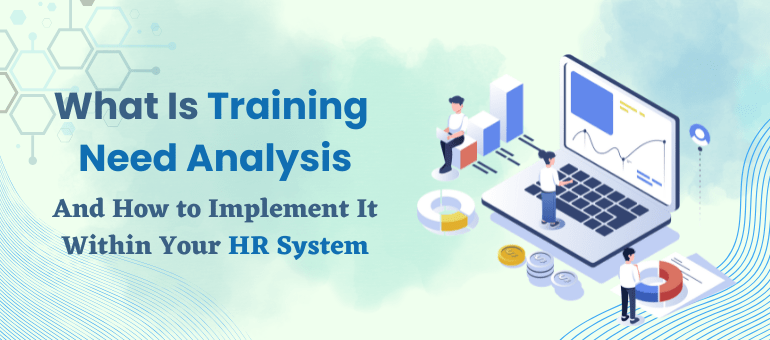Training need analysis is essentially a process that enables organizations to identify the skill sets, knowledge, and competencies required to serve their plans and achieve their goals. Talking of real-life application, it is a systematic process that helps in determining and defining the training gaps that are there between the current skills of employees and the skills required to accomplish their jobs effectively and achieve functional goals as per the laid performance criteria.
Here’s how to do training need analysis effectively:
Determine the goals and objectives:
The first step in conducting a training need analysis is to determine the goals and objectives of the organization. These goals should be aligned with the overall mission and core growth objective of the organization.
Identify the job roles:
Once the goals and objectives are defined, the department should identify the job roles and responsibilities that are critical to achieving these goals. This gets you to identify the key performance indices and functional competencies required for each job position or role.
Collect data:
Next you have to collect data from different references and sources to act in the right track and motion. This can be done with different stakeholders and customers through surveys, interviews, focal discourses, and observations.
Analyze the data:
Once you are done with collecting data, it has to be analyzed to identify the training lags and gaps. Data analysis goes far in determining the skills, expertise, and knowledge required for each functional area or job role and where and how much training is needed.
Prioritize the training needs:
It’s important that you prioritize your training needs once you have the analyzed data with you. This involves identifying the critical areas where training is required and determining the mode and order in which the training needs should be done.
Develop a training plan:
Based on the determined training needs, a training plan should be developed that depicts and outlines the objectives of training, the training methods to be used, the resources required, and the timeline for implementation.
Implement the training plan:
Once you are done with developing the training plan, it should be implemented into the system. The training can be conducted using different modes and methods such as classroom training, simulation programs, on-the-job training, e-learning, or a combination of these methods.
Evaluate the effectiveness of training:
Finally, the efficacy and effectiveness of the training needs to be evaluated to find out whether the training objectives are achievable or not. This can be done by conducting surveys, doing training assessments, and taking feedback from employees and supervisors.
In conclusion
Training need analysis is a critical HR process that enables organizations to identify the skills and knowledge required to achieve their goals. By following the above steps, you can effectively identify the training gaps and develop a comprehensive training and development plan that addresses and eliminates these gaps. A well-executed training plan can vitally and expansively improve employee performance, which further leads to higher workforce productivity, and accomplishment of organizational goals.



